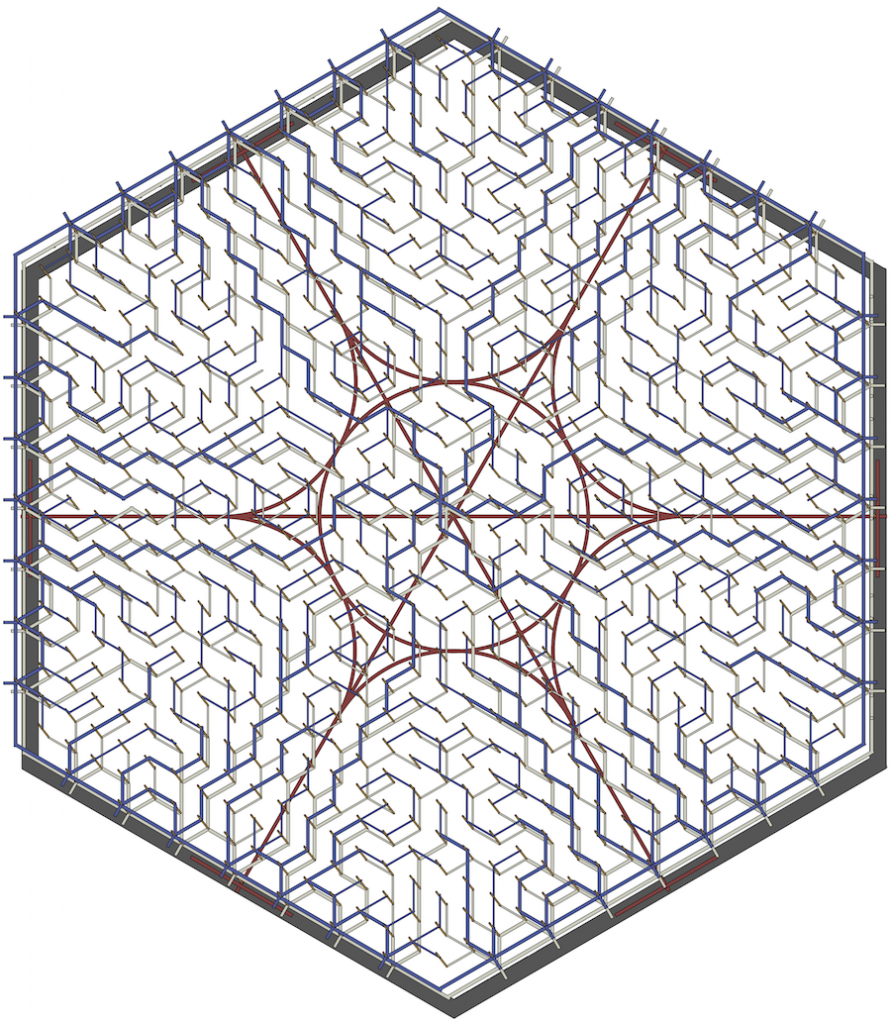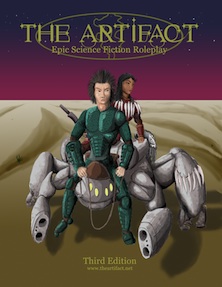One of the things I’ve struggled with for The Artifact is maps in combat. The issue has been that most combat happens at hundreds of meters to kilometers away. The scale that most RPGs base their combats on is a few dozen meters. A combat map with a grid representing 24 meters or yards fits nicely on a map. A map at that scale that covers 5-10 kilometers is not very practical.
So then, why not have each square represent a hundred meters? The same size mat is about two and a half kilometers. That would work some of the time for when a vehicle combat gets into short range and would be comfortable for infantry weapons. A major problem becomes that a character on foot takes several turns just to cross one grid square. Characters are effectively immobile if they’re not in a vehicle.
Maybe a ten meter grid square then? That works for character movement and even though vehicles will really tear around that map, it almost works. The issue is that weapons are going to hit far before you actually get on the map. Most approaching combatants are going to engage long before they show up on that scale.
So what if everyone got their own little mini-map? The only thing you need to track in between the maps is distance and direction. The little mini-maps can be moved around or replaced with one or two markers for characters on them. That’s an interesting idea that I’m going to pursue and I think there’s a simple way to produce them using resources from thegamecrafter.com. I could even have tokens with distances on them printed (50m, 100m, 500m, 1Km, 5Km, etc) and they could be placed in between the local maps to remind everyone of the distances involved.
There would be a lot of maps to represent all the terrain you can encounter in the various Hexes. I’ll have to think about how to economize the number of map representations. Still, it might be doable, so it’s worth a shot.
Also I’ve been working on converting a lot of the content that’s available in third edition to the rules in fourth edition. This book will contain a lot of the Player’s Handbook, The Fringe, and Tortuga. I’m calling it The Artifact Pole to Core.



 The Free RPG Blog
The Free RPG Blog